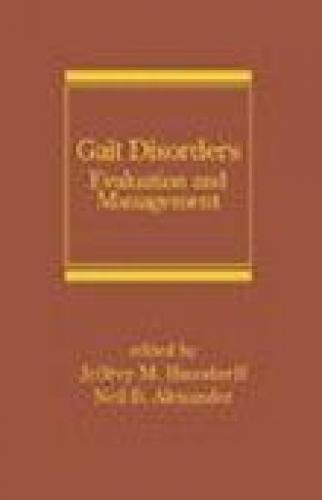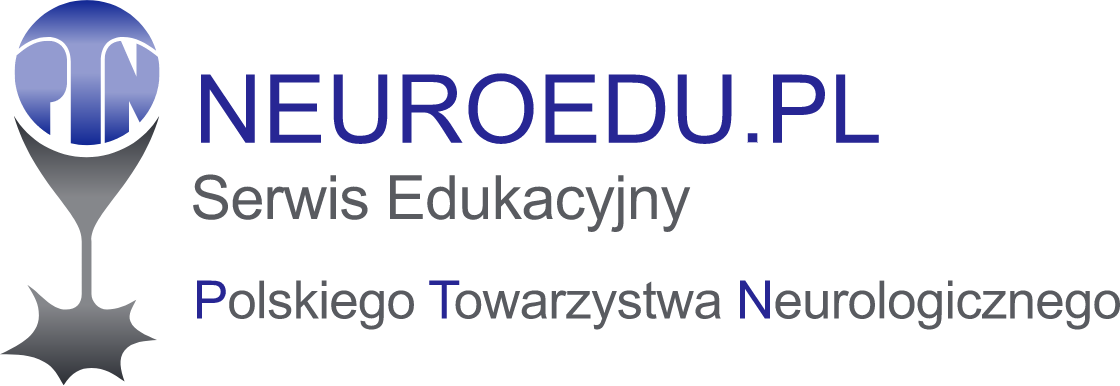GAIT DISORDERS: EVALUATION AND MANAGEMENT

Number of Pages: 440
- Describing a wide range of assessment tools, diagnostic evaluation strategies, and clinical approaches to gait, this referenceintroduces a new classification scheme to encompass the full range of mobility capacity in all older adults
- reviews the physiology and biomechanics of gait and common gait disorders
- covers cognitive and behavioral influences on gait and falling
- describes methods for analyzing gait in the clinic and laboratory
- details clinical and evidence-based methods for gait disorder and fall analysis, as well as techniques for gait optimization in patients with neurological disorders, foot and ankle injury, and those recovering from hip surgery
- presents a state-of-the-art strategy for multidimensional fall risk assessment and fall reduction
- features a detailed review of exercise strategies including Tai Chi to improve balance and gait
With chapters by many of the foremost international authorities on aging, neurology, physical therapy, and rehabilitation, this reference provides an up-to-date review of approaches to gait disorders and falls. This volume presents the fundamental concepts of gait and describes the changes in mobility with aging and disease. A focus is placed on recent assessment and intervention practices for common gait disorders, especially those seen in older adults, including sections on neuro-psychological influences, fear of falling and exercise, and strategies for specific disease groups, such as patients with neurological disorders or those recovering from stroke or hip surgery.
